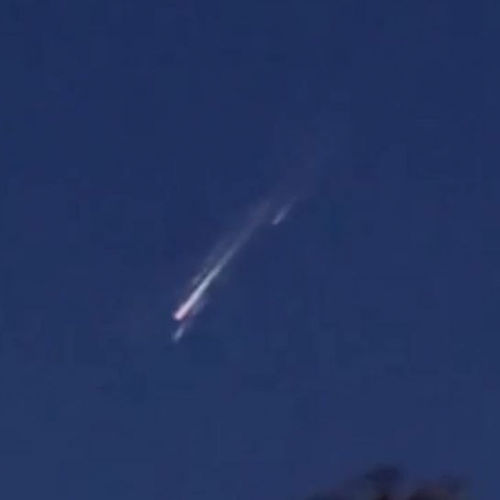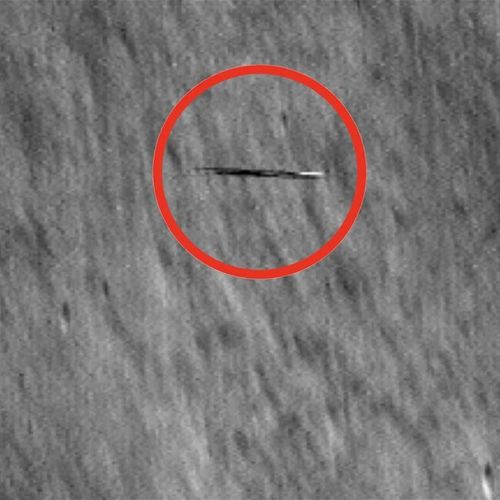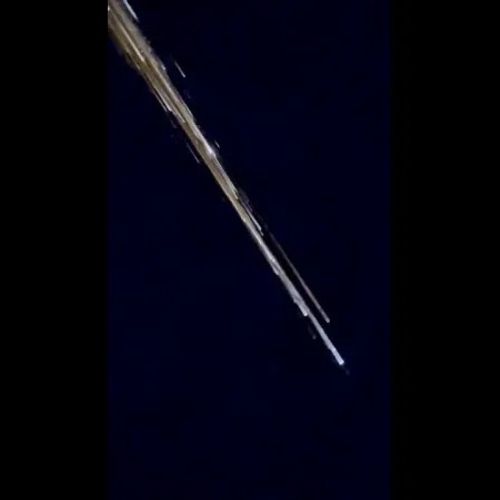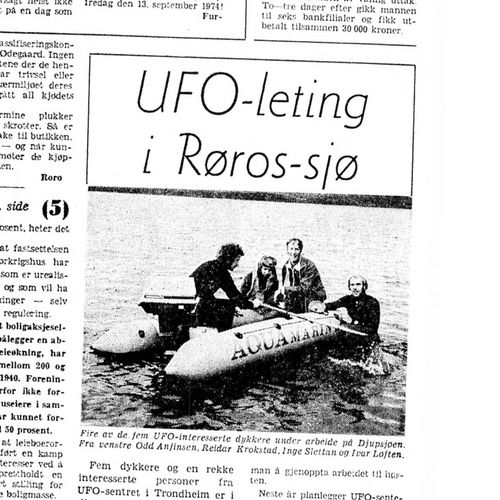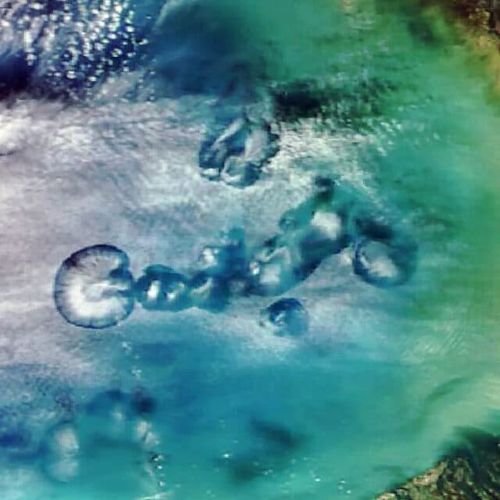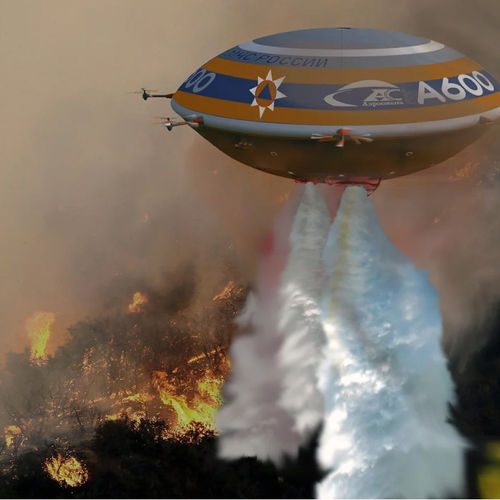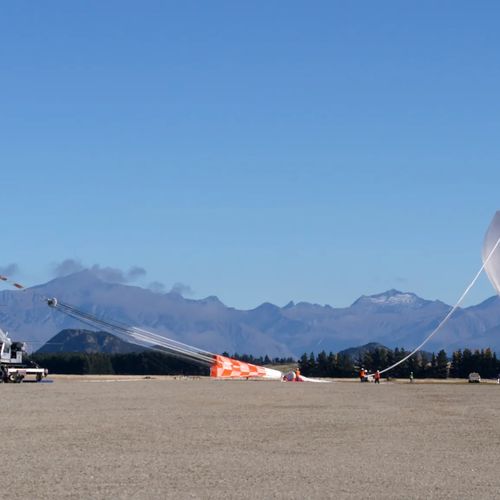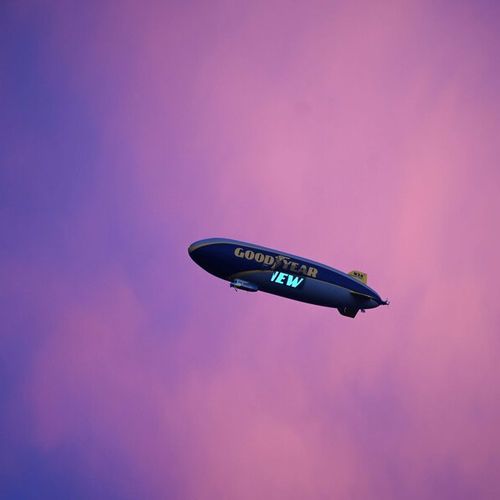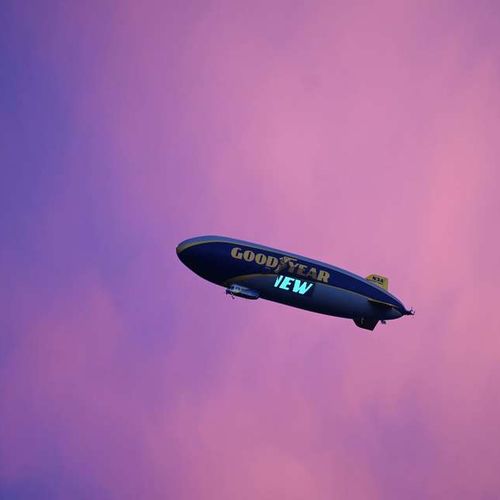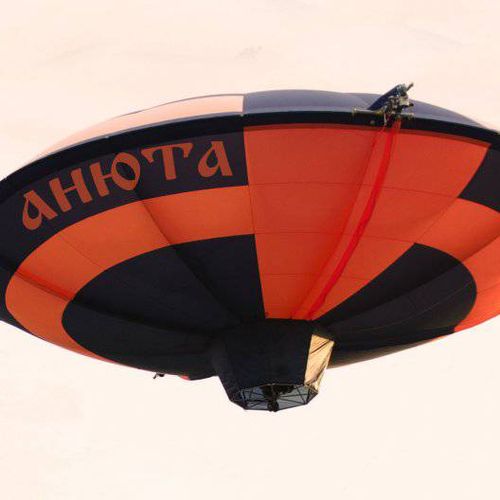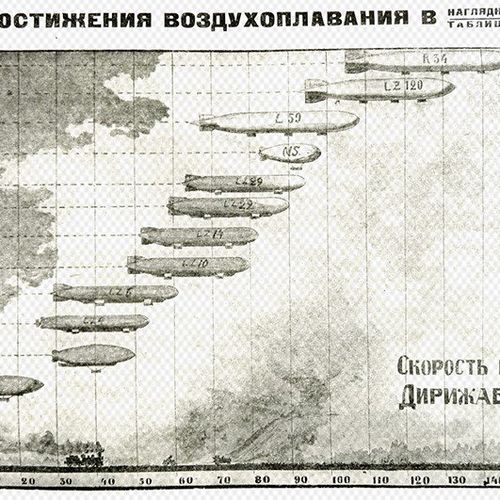
| Added | Fri, 24/09/2021 |
| Источники | The New York Times , 19 September 1897, page 7
|
| Дата публикации | Sun, 19/09/1897
|
| Феномены | |
| Версии |
ST. PETERSBURG, September 18. The Official Gazette today confirms the message made yesterday from this city, saying that a telegraph message received here from Krasnoyarsk, in the depths of Siberia, says that on September 14 at 23:00, residents of the village of Antzlitrovskoye in the Yensolsky district, Arctic Russia, saw a balloon for five minutes, presumably belonging to the Swedish balloonist Professor Andre. The bulletin adds that in official circles it is assumed that the balloon belongs to the mentioned Arctic explorer.
Professor Andre left the island of Amsterdam, one of the Svalbard group, shortly before 14: 30 on July 11, trying to cross the polar regions.
The news that a balloon supposedly belonging to Andre was spotted by Siberian peasants caused fierce discussions about the likelihood that Andre and his two comrades, Dr. Nils Strindberg and Knut Hjalmar Frakel, would be able to reach this point.
Apart from the objections raised by scientists that the balloon could not have remained afloat since July 11, the date of its departure from Svalbard, it is inconceivable that an aeronaut would not try to descend without reaching a point about 2,400 miles south of the pole. . There are residential villages to the north of the city on Engleset; and all of Northern Siberia, Russia, and British America were also informed of his air journey through circulars distributed by their respective governments. These brochures were printed in different languages, and told local residents what to do to secure the balloon and ensure a safe descent for its passengers. As for the likely landing sites, Andre said:
"1. The greatest probability that the balloon will land in Siberia, at about 70 degrees north latitude and 135 degrees east longitude.
2. That it will land on the Samoeden Peninsula, at 70 degrees north latitude and 70 degrees east longitude.
3. It will land in the area of Cape Harrow in Alaska at 70 degrees north latitude and 155 west longitude, where the US government station is located.
4. That it will land in British North America at 67 degrees north latitude and 100 degrees west longitude."
Regarding these probabilities, none of which takes Andre as far south as the point at which he was reportedly seen, Mr. Andre said:
"As for me, I would like to see the continental land in the Bering Strait and be able to reach San Francisco; but this is unlikely. in Northern Greenland, which will probably make us stay there for a year. Of course, we may be returned directly to Svalbard, although this, of course, can hardly be expected.
If we are forced to make a long journey through ice and snow, we will have to depend very much on the animals that we meet in search of food. We should not be able to carry food for more than a month on our sled. But the Arctic regions are teeming with life, and we have weapons."
In addition to the fact that Andre did not predict his descent much below the seventieth parallel, there are serious doubts about the possibility of keeping the balloon afloat for two months due to its permeability. It is because of this that Dr. Nils Ekholm, who accompanied Andre on his unsuccessful expedition in 1896, whose place is now occupied by Mr. Frakel, refused to go this year.
Shortly before the ascent, on July 11, the balloon passed thorough tests for impermeability. It turned out that he was losing one cubic foot of gas a day.
"We can afford to lose 1,000 cubic feet," Dr. Strindberg said, "without compromising the efficiency of the balloon," and added, " We only transport food for four months - about 120 days.
We'll never get beyond 492 feet off the ground if we can. We will definitely have a slight change in the distance from the earth, because when the sun shines, the gas will become lighter, and therefore the balloon will rise. In the same way, if the sky is covered with clouds, the gas will cool down - it will become heavier - and the balloon will drop a little. The balloon can rise about 984 feet or descend 443 feet. Twenty degrees Celsius, equal to 36 degrees Fahrenheit at the temperature of a balloon.
But if the balloon wants to rise, a check is immediately put on it, because it must lift the guide cables that stretch along the ground and which generally weigh about 2,240 pounds. On the contrary, if there is this tendency to descend, it reduces the weight that he carries with each leg that he lowers, because he has much less rope, and therefore the downward movement stops. Thus, there is a constant force that tends to keep the balloon at an average distance from the ground."
There were three guide ropes that Andre took with him; The shortest was 1,017 feet long, the next 1,042 feet, and the longest was about 1,205 feet. The difference in length was designed so that they do not hang close to each other, and in this case, if any of them get stuck, everyone will get stuck, and the balloon will be stopped in its movement. But if any of the cables snag separately, the balloon can be released, either by breaking the rope at the weakest point (specially created), or by detaching it from the balloon with a screw inserted into the rope at a distance of 328 feet from the hanging ring in the balloon. To release the rope, it is enough to twist the rope.
In addition to the fact that they serve as a ballast and hold the balloon at an average distance from the ground, the cables are the main part of the steering device that the balloon is equipped with. As the ropes drag along the ground, they cause the balloon to move at a lower speed than the wind, resulting in wind pressure corresponding to a decrease in speed. If this pressure acts on the sail, it will carry the ball in the same direction. If the sail is at right angles to the wind direction, the direction of movement will not change.
When Andre went up, the wind was blowing in several directions from east to south, but after a few moments it was noticed that the balloon, like a ship, took off on a course to the north.
Новости со схожими феноменами
Новости со схожими версиями
Log in or register to post comments


